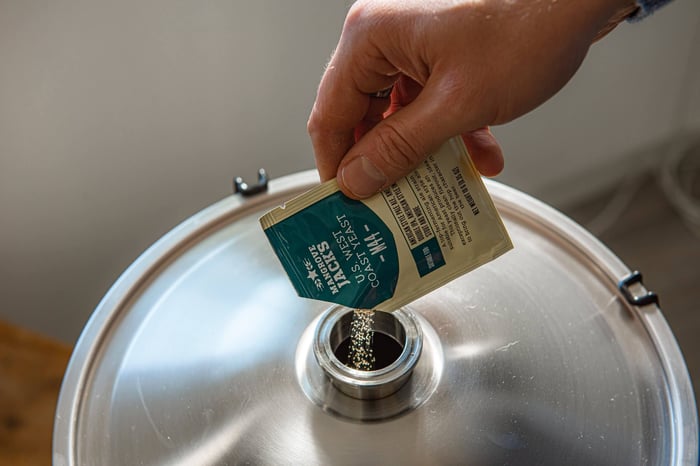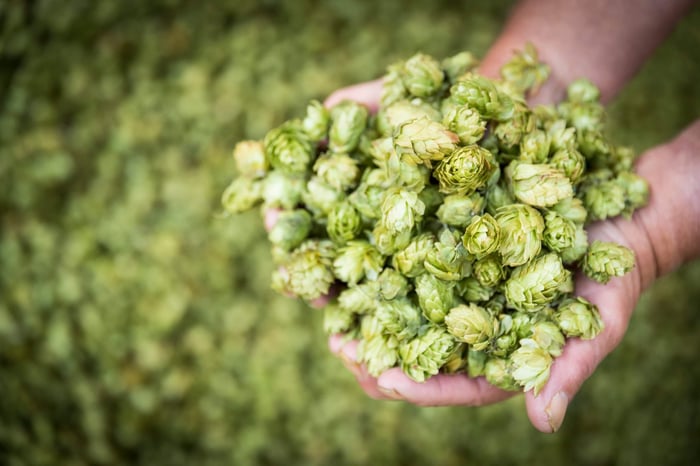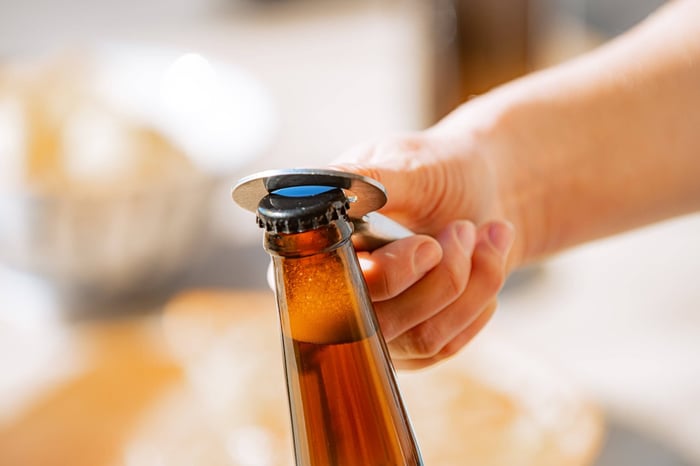Let's be honest—when you think about brewing ingredients, water probably doesn't top your list. Malt, hops, yeast—these are the stars of the show, right? But here's something that might surprise you: water makes up more than 90% of your finished beer, and getting it right can be the difference between a brew that's merely okay and one that has your mates coming back for seconds.
Living in New Zealand, we're pretty spoilt when it comes to water quality. But even our pristine H2O can benefit from a bit of understanding and occasional tweaking to help your homebrew reach its full potential.
Understanding New Zealand Water Sources
Our water comes from various sources across the country, each with its own characteristics that can impact your brewing.
Council Water Supplies Most urban areas receive treated water with chlorine or chloramines added to prevent bacterial growth during distribution. While this keeps us healthy, these chemicals can wreak havoc with your yeast and create some pretty unpleasant off-flavours.
Bore Water and Natural Springs Rural properties often rely on bore water or natural springs, which can contain varying levels of minerals and metals. Iron is particularly common and can give your beer an undesirable metallic taste.
Rainwater Collection Many Kiwi homes collect rainwater, which is generally very soft (low in minerals). This can be excellent for certain beer styles but might need mineral additions for others.
Bottled Water Options Commercial bottled water provides consistency and eliminates most variables, making it a reliable choice for brewing.
When Things Go Wrong: Identifying Water Issues
Notice some odd flavours creeping into your brews? Here's how to diagnose common water-related problems:
Troubleshooting Problem Flavours
Antiseptic or Band-Aid Taste This medicinal flavour usually indicates chlorophenol formation when chlorine or chloramines react with your brewing yeast. Fix this by using a carbon filter, adding Campden tablets, or boiling your water for 7 minutes before use.
Metallic or Copper-Penny Flavour Typically caused by iron or other metals in your water source. Chemical treatment or proper filtration will eliminate this issue.
Inconsistent Results Between Beer Styles If your pale ales turn out brilliant but your porters fall flat (or the other way around), your water's mineral profile suits one style better than another. You can either focus on styles that work with your water or learn to modify your water chemistry.
Consider this: Speight's in Dunedin has built their reputation partly on the local water characteristics, while Steinlager's crisp profile benefits from careful water treatment. Each brewery works with or modifies their water to suit their signature styles.
The Science Behind Better Beer
Ready to take your brewing to the next level? Understanding these key chemistry concepts will help you brew more consistently excellent beer.
pH: The Critical Balance
pH affects every stage of your brewing process and needs careful attention:
Mash pH Range: Target 5.2-5.6 for optimal enzyme activity and starch conversion
Boil Phase: pH naturally decreases due to hop acids and caramelisation reactions
Fermentation: pH drops to 4.0-4.5, creating a protective environment against harmful bacteria
Use the Grainfather water calculator to determine exact pH adjustments based on your grain selection and target beer style.
Key Minerals and Their Brewing Impact
Each mineral in your brewing water contributes to your beer's final character:
Calcium: The Multi-Purpose Mineral Essential for multiple brewing functions without adding significant flavour:
- Improves mash acidity (crucial for alkaline water)
- Supports enzyme function during mashing
- Enhances hop bitterness extraction
- Reduces haze and lightens wort colour
Add calcium through gypsum (calcium sulphate) or calcium chloride for best results.
Magnesium: The Enzyme Assistant Works with calcium to promote proper enzyme activity and provides essential yeast nutrition. Small amounts can enhance your beer's overall flavour complexity.
The Flavour Duo: Chlorides and Sulphates The ratio between these ions determines your beer's fundamental character:
Chlorides enhance malt sweetness, improve mouthfeel, and create a rounder flavour profile. Perfect for malt-driven styles like brown ales and porters.
Sulphates emphasise hop character, increase bitterness perception, and create a drier finish. Essential for hoppy styles like IPAs and pale ales.
Higher sulphate-to-chloride ratio = hop-forward character Higher chloride-to-sulphate ratio = malt-forward character Balanced ratio = neutral profile
Sodium: Use with Caution Can improve flavour and mouthfeel in small quantities but becomes harsh and salty at higher levels. Always avoid iodised salt, as iodine is toxic to brewing yeast.
Simplifying Water Chemistry with Technology
Water chemistry calculations might seem daunting, but modern tools make the process straightforward. The Grainfather app features a comprehensive water calculator that analyses your brewing equipment, source water profile, and recipe to recommend precise mineral and acid additions.
This eliminates guesswork and ensures your water profile perfectly complements your intended beer style.
Practical Tips for Kiwi Brewers
Working with Soft Rainwater New Zealand's abundant rainwater is naturally very soft, making it excellent for delicate styles like pilsners but potentially requiring mineral additions for robust ales.
Managing Seasonal Variations Council water treatment can vary seasonally—summer may bring higher chlorine levels, while winter might see different mineral content.
Regional Considerations Canterbury's limestone-rich groundwater differs significantly from Auckland's treated reservoir water. Understanding your local water characteristics helps you brew more consistently.
Frequently Asked Questions
Do I need to adjust water for every batch? Not necessarily. If your current water produces good results for certain styles, focus on those until you're ready to expand your range.
How much improvement can water chemistry make? Many brewers report dramatic improvements in clarity, flavour balance, and overall beer quality after implementing proper water treatment.
What's the easiest first step? Remove chlorine and chloramines from your water—this alone can significantly improve your beer quality.
Take Your Brewing Further
Water chemistry isn't reserved for commercial breweries or chemistry experts. It's a practical skill that can elevate your homebrew from good to exceptional. Start with the basics, make gradual improvements, and taste the difference proper water treatment makes.
Have any questions about water chemistry? Drop us a line - Our team is happy to assist.
For more brewing knowledge to enhance your skills, explore our complete Brewing 101 series. Because great beer starts with understanding the fundamentals.
Grainfather Team










